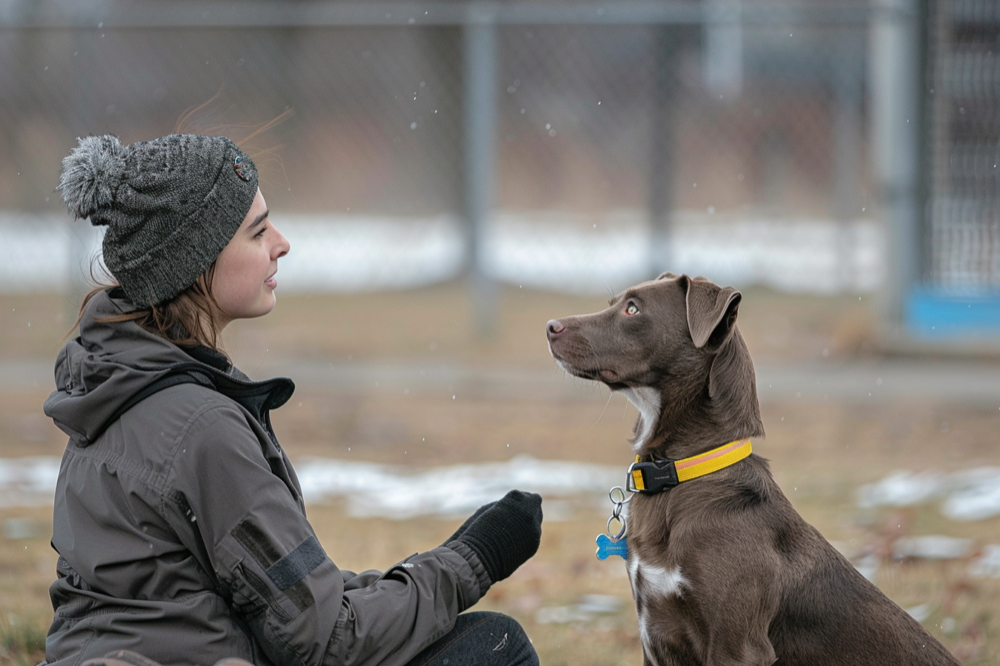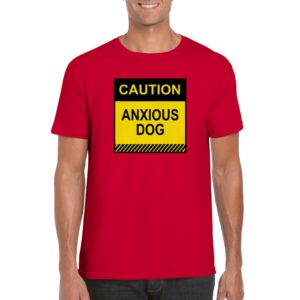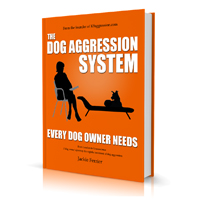Your cart is currently empty!
The Sit-stay: danger in focusing only on Outward Behavior

Some trainers have said it doesn’t matter what the dog is feeling, it only matters that they behave. This can be reassuring for dog owners because understanding the inner workings of our canine companions can often feel like a labyrinth complete mystery. But focusing solely on a dog’s outward behavior without considering their internal state can be dangerous, especially for aggressive dogs.
Teaching commands like “sit” and “stay” can provide temporary control over a dog’s actions, and this can be an excellent “tool” in our tool box especially when we teach our dog to perform this behavior in a number of different situations.
However, getting your dog to sit doesn’t address the underlying emotions or motivations driving the behavior. Ignoring the dog’s internal state can lead to misinterpretation of their behavior and may fail to address the root cause of aggression.
For example, if a dog is displaying aggression towards guests but complies with a command to sit and stay, it’s essential to recognize that the dog’s compliance doesn’t necessarily indicate a decrease in aggression. The dog may still be experiencing fear, anxiety, or frustration, which can escalate into aggression if not properly addressed. By solely focusing on the outward compliance, we risk overlooking the dog’s emotional distress and failing to provide appropriate support or intervention.
Moreover, aggressive behavior in dogs is often a result of underlying stress, fear, or insecurity. By ignoring the dog’s internal state and only focusing on obedience commands, we may inadvertently exacerbate their anxiety or trigger defensive behaviors. The dog may feel conflicted between complying with their owner’s commands and responding to their internal emotional state, leading to increased stress and potential outbursts.

Good obedience training plays a pivotal role in managing aggression in dogs and can even contribute to its improvement over time. By teaching an aggressive dog essential obedience commands such as “sit,” “stay,” and “leave it,” owners establish a foundation of communication and control that enables them to redirect the dog’s focus and behavior in challenging situations. Obedience training fosters trust and respect between the owner and the dog, enhancing the owner’s ability to influence the dog’s behavior positively.
Additionally, structured training sessions provide mental stimulation and a constructive outlet for the dog’s energy, reducing frustration and anxiety that may contribute to aggressive tendencies. While obedience training alone may not resolve deep-seated aggression issues, it serves as an essential component of a comprehensive behavior modification program and lays the groundwork for long-term success in managing and potentially improving aggressive behavior.
Howeverm it’s crucial to consider the dog’s emotional well-being and address any underlying issues contributing to aggression. This may involve implementing behavior modification techniques, providing a safe and comfortable environment, learning about what behavior indicates the dog is not relaxed, and what behavior does, and if needed seeking guidance from a professional behaviorist or trainer who can assess the dog’s emotional state and develop a comprehensive treatment plan.
Teaching your dog how to sit and stay may be one of the first steps in a behavior modification program. By understanding and addressing the dog’s internal state, we can effectively manage aggression and promote their overall well-being. Learn more about how to treat dog aggression.
ADVERTISEMENT
The Dog Aggression System Every Dog Owner Needs E-book

Anxious Dog Shirts only available in our shop

Keep people away with our Stand back shirts

